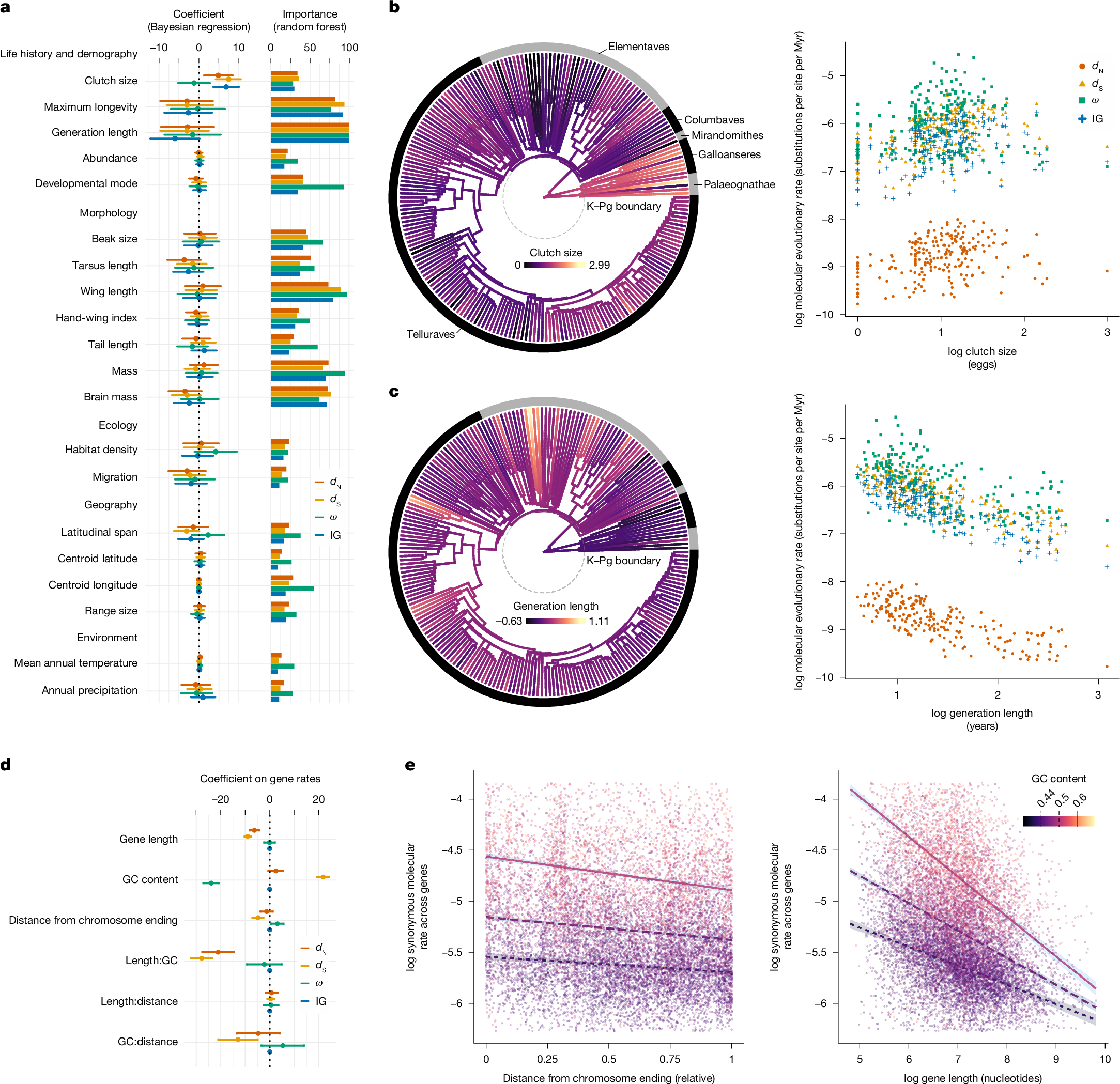2025-03-28 カロリンスカ研究所(KI)

<関連情報>
- https://news.ki.se/protein-in-the-nose-provides-information-about-copd
- https://www.jacionline.org/article/S0091-6749(25)00332-X/fulltext
COPDの有無にかかわらず喫煙者におけるT細胞が関与するIL-26の鼻腔産生 Nasal production of IL-26 involving T cells in smokers with and without COPD
Julia Arebro, MD, PhD∙ Nikolaos Pournaras, MD∙ Patricia Ramos-Ramírez, MSc, PhD∙ … ∙ Pär Stjärne, MD, PhD∙ Magnus Sköld, MD, PhD∙ Anders Lindén, MD, PhD
The Journal of Allergy and Clinical Immunology Published:March 28, 2025
DOI:https://doi.org/10.1016/j.jaci.2025.03.017
ABSTRACT
Background
Novel specific therapy in COPD will require accessible targets for endotyping to identify responsive patients. It is therefore of interest that interleukin (IL)-26 in the bronchoalveolar space is enhanced and associates with bronchoalveolar pathology among long-term smokers (LTS) with and without COPD.
Objective
To determine whether IL-26 in the nasal cavity can be produced by T cells and associates with bronchoalveolar pathology and clinical symptoms in LTS with and without COPD.
Methods
We characterized LTS with and without COPD plus healthy non-smokers (HNS) using radiology, spirometry, modified Medical Research Council (mMRC) scale, and St George’s Respiratory Questionnaire (SGRQ). We determined extracellular IL-26 concentrations (ELISA) in nasal (NAL) and bronchoalveolar lavage (BAL) samples, BAL neutrophil counts, and NAL IL-26+ T cell expression (flow cytometry).
Results
The NAL IL-26 concentrations were higher in LTS with COPD than in HNS. These enhanced IL-26 concentrations displayed a positive correlation with FEV1/FVC. The IL-26 protein was expressed in CD4+ and CD8+ T cells, but only a small portion of these cells co-expressed IL-15, IL-17A, or IL-22 in LTS with COPD. In this group, IL-26+ CD3+ T cells displayed a negative correlation with FEV1, as did with extracellular NAL IL-26 concentrations. The relative mean fluorescence intensity (rMFI) for CD8+ T cells displayed a negative correlation with mMRC and SGRQ score.
Conclusion
In the nasal cavity, IL-26 can be produced by local T cells. This IL-26 reflects bronchoalveolar pathology and clinical symptoms, thereby constituting an accessible target with potential for clinically relevant endotyping in COPD.



